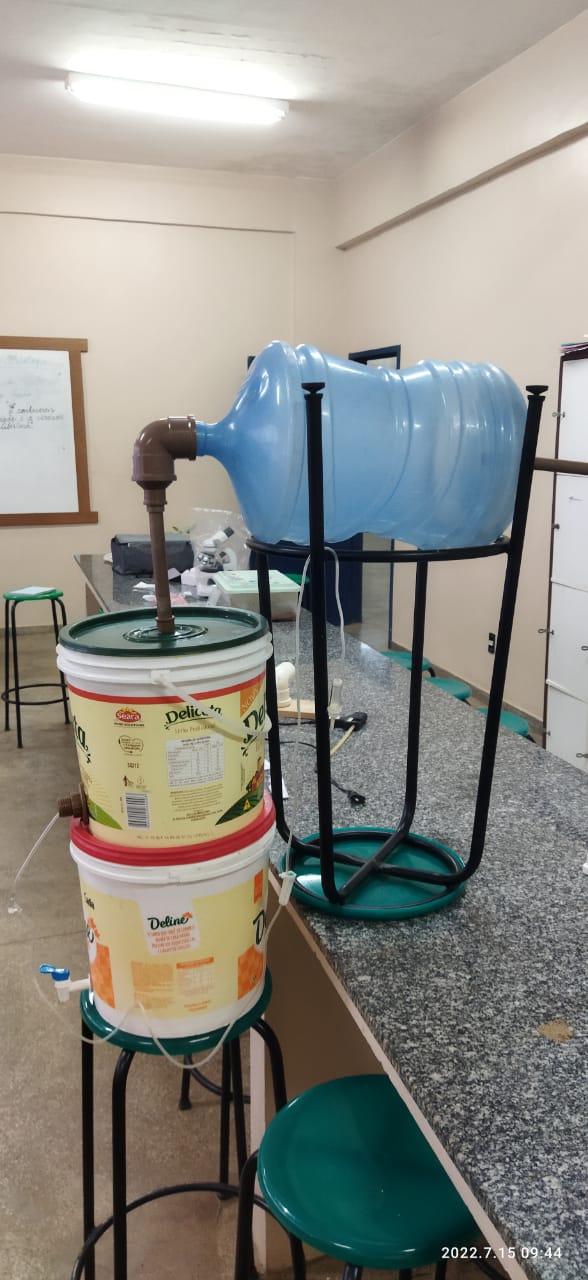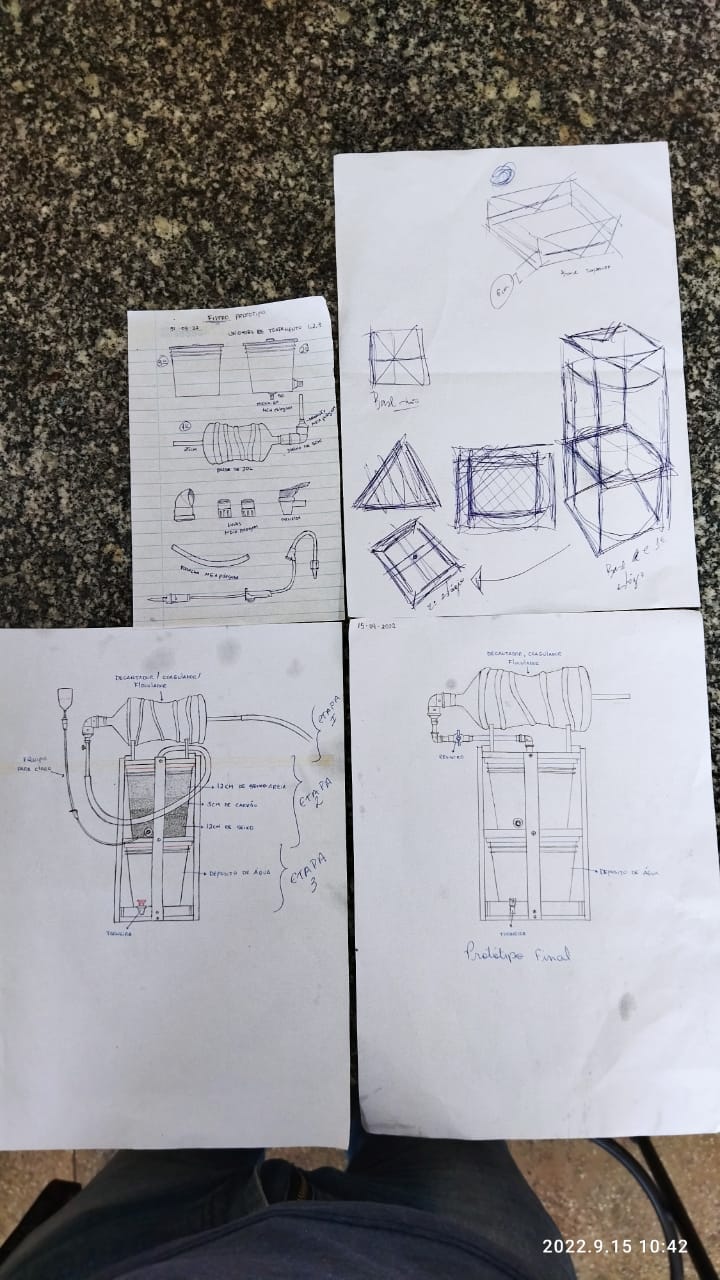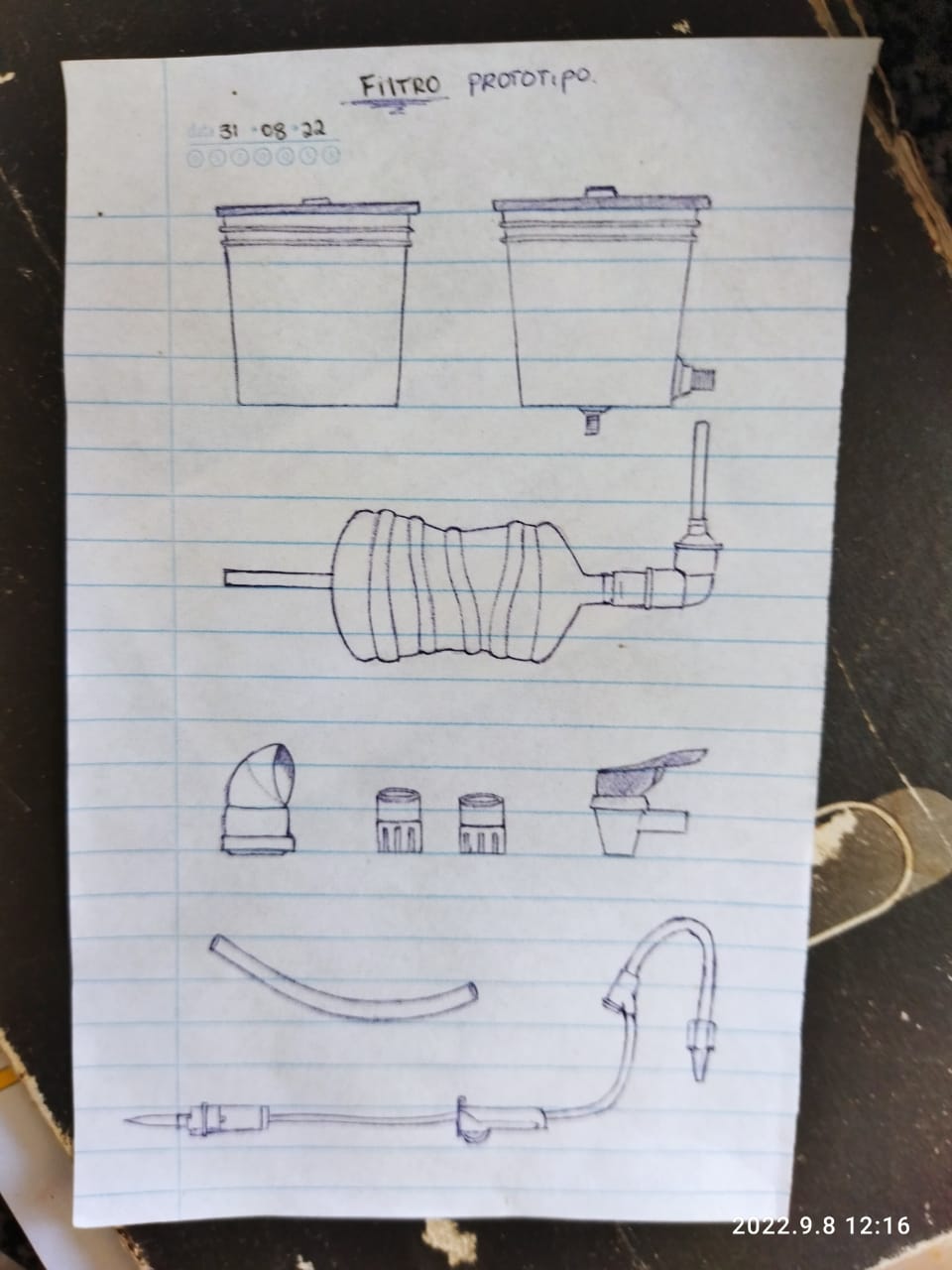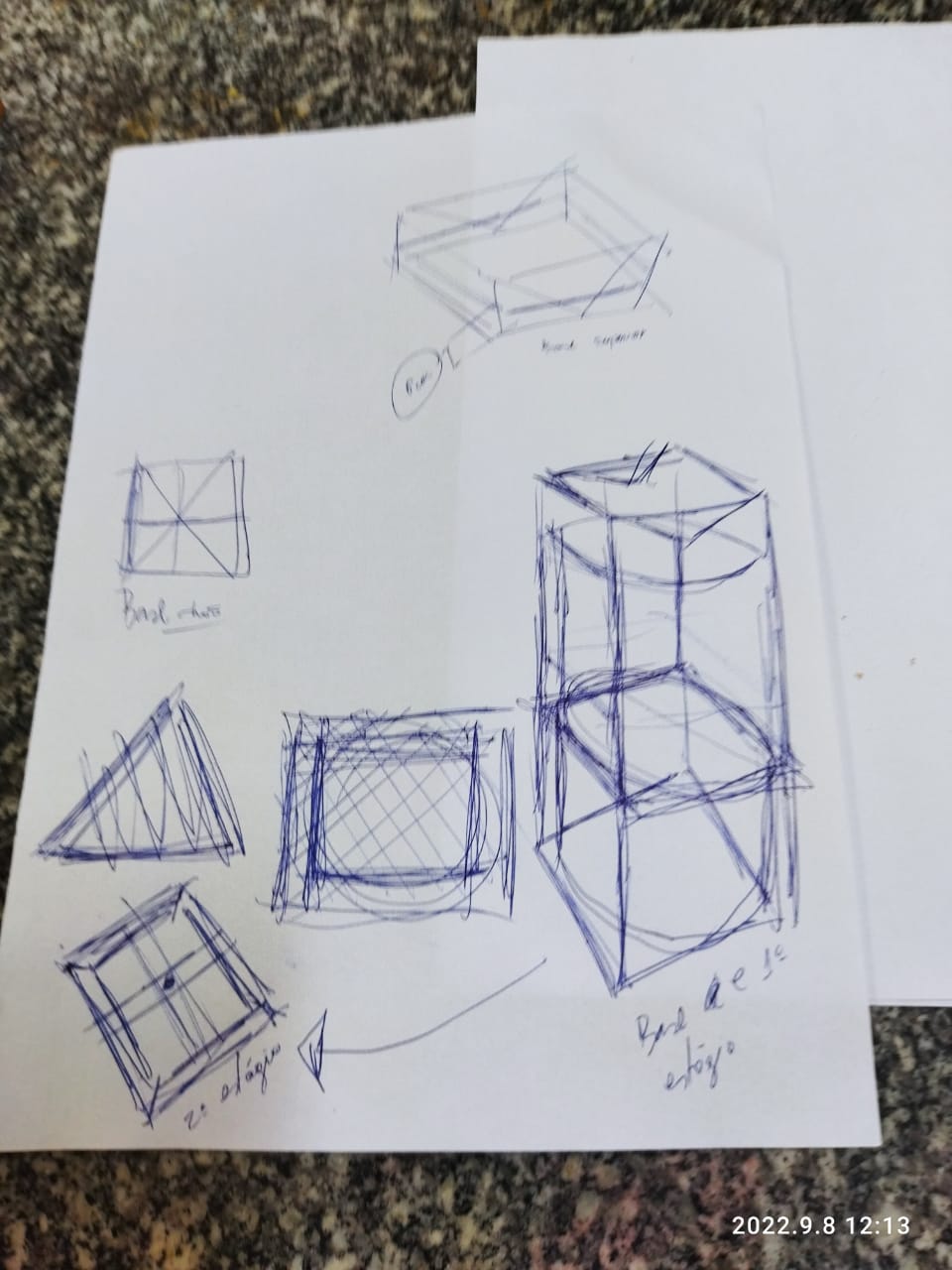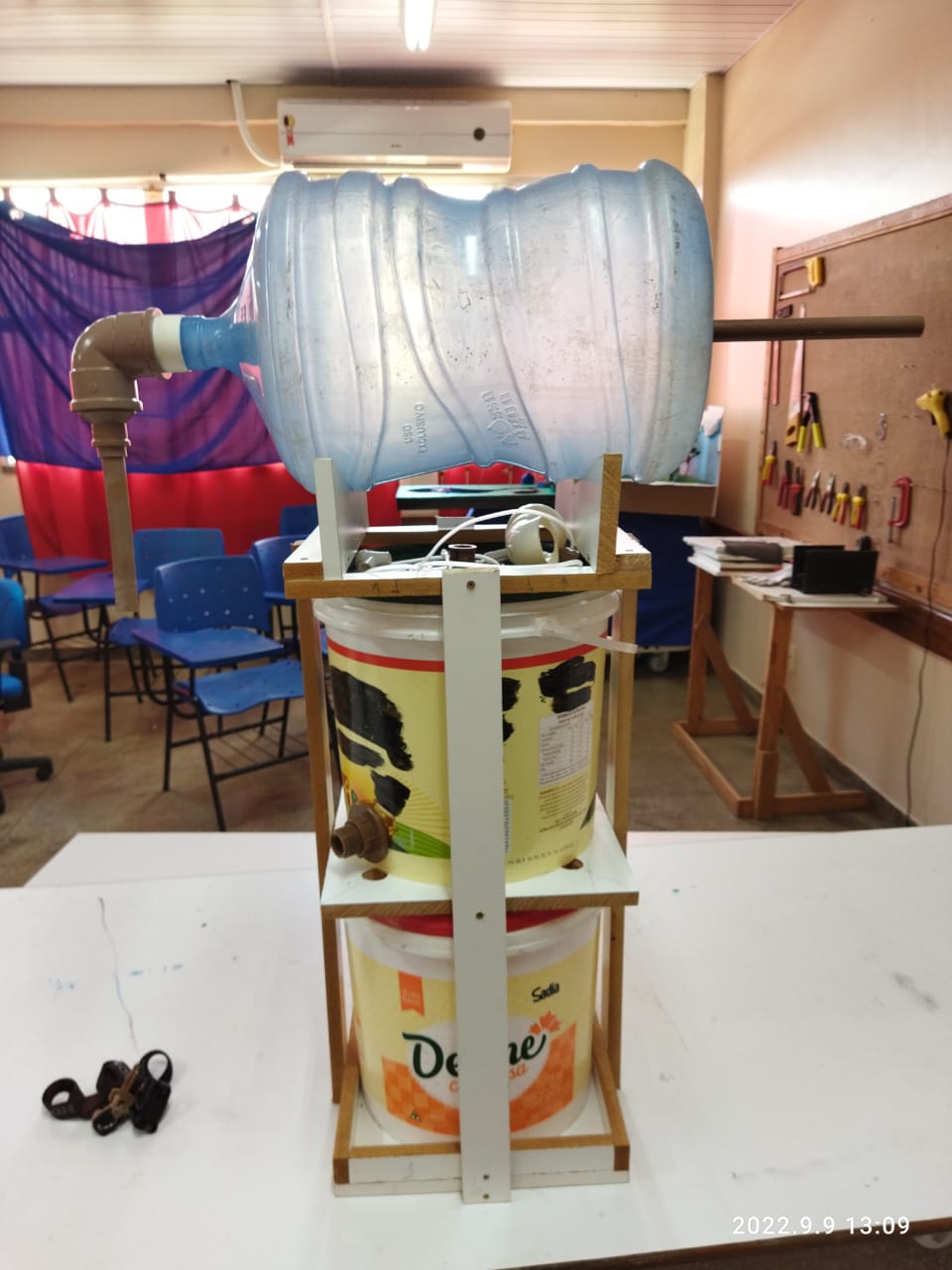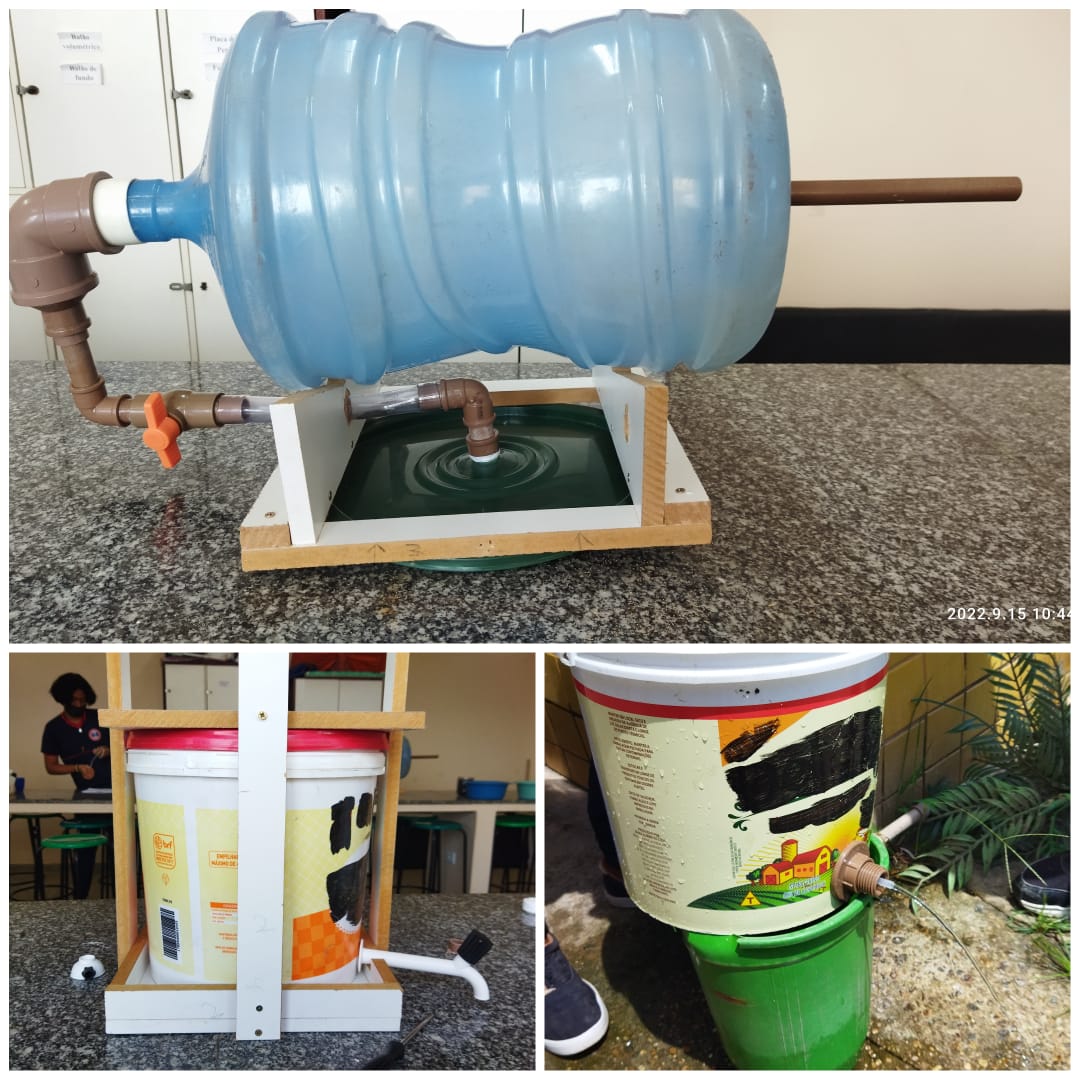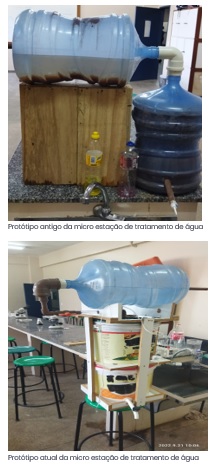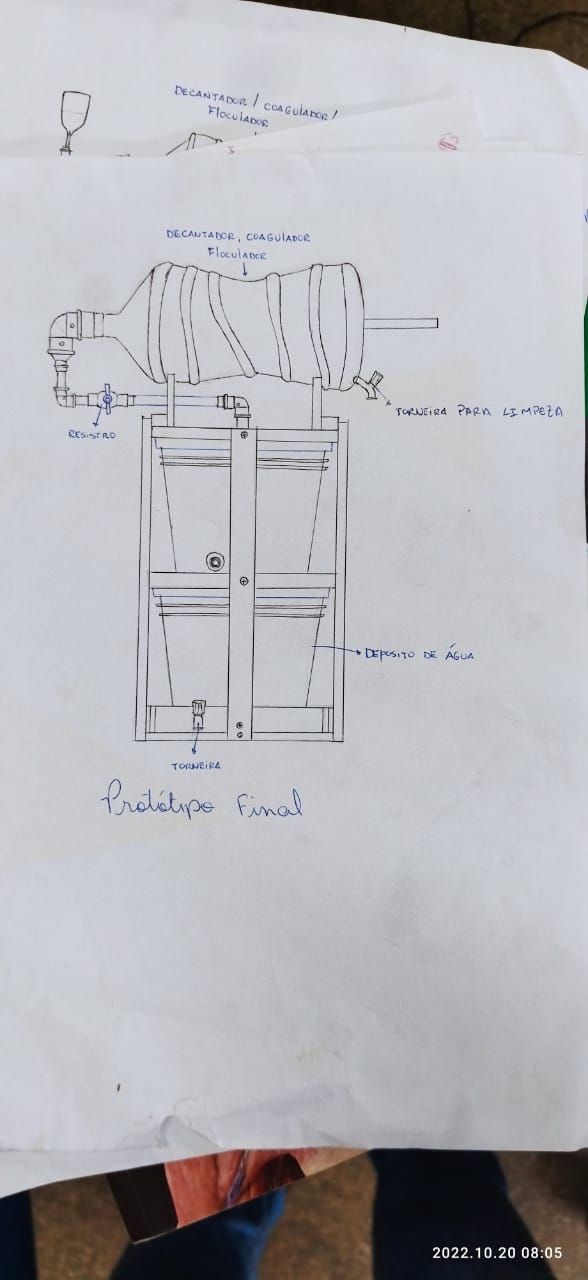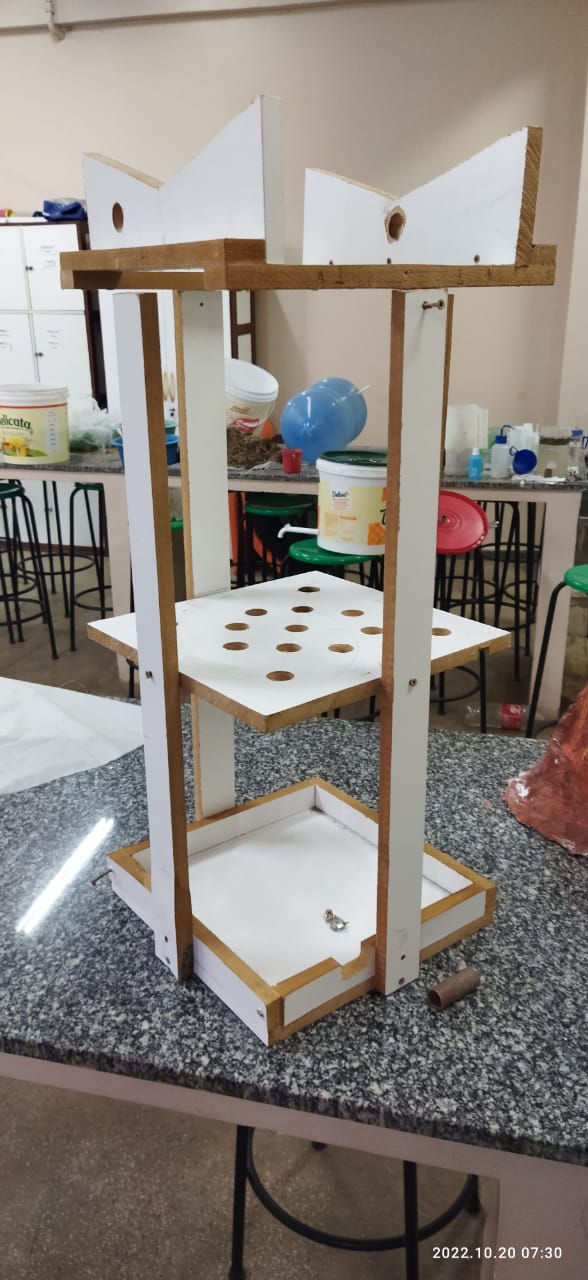“I studied at a time when education was bitter medicine to keep me alive. With project based learning, teaching and learning becomes a pleasurable act and it is what mobilizes all my activities as a teacher.” It was with this premise that professor Fábio Cano Carnielo, in 2017, started “Patrol 7 – Producing science”, an elective project course that brings together students interested in experiencing research, teaching, and extension initiatives in biology in practice.
Daily, during the lunch break of kids who study at the Full Time Education Center (CETI) Prof. Manuel Vicente Ferreira Lima, in Coari, in the interior of Amazonas, more than 60 young people gather in the school’s laboratory and courtyard to develop science projects. “Throughout the year, they learn to implement the scientific method based on questions related to their interests. As a result, they develop prototype solutions for problems of interest of the community, publish scientific papers, and become monitors of the school’s regular science activities”, summarizes Fábio, emphasizing the teaching-research-extension tripod that mobilizes all Patrol 7s actions.
It was in this context that a group of four teenagers from the 1st year of high school participating in the initiative decided to get involved with an old teacher issue. “I brought them a personal experience. Years ago, when I was teaching classes at a school in the riverside community, a colleague and I were infected with typhoid fever, consuming unsafe water at school”, recalls Fábio. Mobilized by the problem, which affects more remote communities and large urban centers that still lack adequate sanitation, the young people decided to recover a prototype worked on in previous years and which had not produced the expected results, developing a portable water treatment microstation.
As they began to better research the problem, the students were able to understand the issues present in previous versions of the prototype that had been developed by other groups. “They began to understand how and what they could contribute. The question of how to make the proposal work organized the line of research and the steps to be followed,” emphasizes the professor.
In general terms, the group produced a water treatment plant employing materials available in the community. Using 20L gallons of water and pots of margarine, they created a three-step system:
- In the first, which works as a decanter, a flocculating coagulator is added to the incoming water, causing heavy flakes, such as clay, to be separated.
- The water then passes through a filter with activated carbon made from banana peels arranged in coarse and fine pebbles and coarse sand, eliminating heavy metals and protozoa.
- Finally, in the third stage, the water remains in a reservoir where one drop of chlorine per liter is added. The entire process is controlled by registers operated by the user according to the supply needs.
To attest the quality of the water, the youths performed several laboratory tests, measuring for example, Ph, the presence of microorganisms, electrolytes, and heavy metals. “At all times, in all projects, I try to get young people to focus on the scientific method, assessing their hypotheses, confirming and systematizing the results”, reports Fábio.
Among the group’s concerns was the size and weight of the prototype. “From the beginning, they wanted to do something that could be implemented in the communities, focusing on the extension pillar of Patrol 7”, says the professor. Therefore, they chose materials that were low-cost, easily accessible, and light to transport. As a result, they were able to assemble the structure for less than R$30, meaning under six US dollars. “Producing in scale, we would still be able to lower the equipment cost, “ he adds.
Still, on the matter of portability, the positioning of the drums was another challenge. In the first versions, they worked with a horizontal structure, which took up a lot of space. “Based on the group’s conversations, one of our students systematized our discussions into a graphic design, and the school’s science coordinator supported us, cutting the wood to arrive at the desired structure”, points out Fábio, highlighting the importance of collaborative work throughout the process. “The initiative mobilized the school as a whole, which is another very positive consequence of the project approach”, he indicates.
New stages and lots of learning
The idea was so successful that now the group has a double challenge: to incubate the proposal to serve the population and making a new version, with greater capacity, to install in public facilities, such as schools. “We have this concrete need today in our institution and now we want to advance in the design to serve a large number of people daily”, adds the professor.
For the educator, this is a great achievement of the STEM approach: making academic knowledge tangible in the reality and daily life of students. “In the science book, we study ecosystems based on models and representations, but we can go to the garden, the soccer field, the flowerbed on the side of the square and observe all of nature at work: the ants, the plants, the drops of dew, the sun. And this observation and active investigation mobilize and build learning. Knowledge becomes a practical experience and vice versa,” explains the professor.
Project work, however, demands time from the teacher with the students. For Fábio, it is necessary to advance public policies that allow the educator the conditions to structure active methodologies in the classroom, extrapolating the limits of 50 minutes of activities and textbooks. “It takes time to plan, but mainly for the professor to be with his students,” he evaluates.
For him, however, it is necessary to fight for the possibilities of ideal teaching, but not to remain immobile due to the lack of adequate conditions. “I understand that you must dream and create real goals based on that dream. Wow! We are from a small town in the interior of the Amazonas and we are among the ten largest projects in Brazil, even without the best physical and financial structures. We have our students committed and engaged with a collective dream, and we show that it is possible to turn it into reality,” he concludes.

